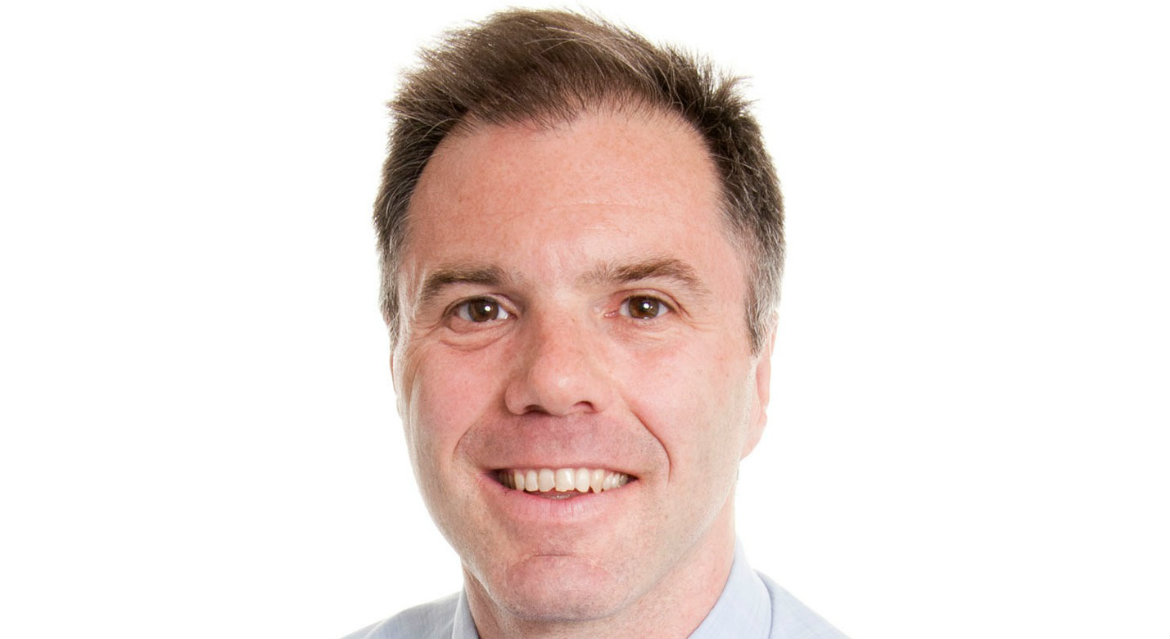UV light treatment can save millions while helping patients
Published On Mon 11 Jun 2018 by Grant Hill

Treating severe skin conditions with UV light rather than creams, pills and injections could save the NHS millions of pounds while improving patient outcomes, according to a new University of Dundee study.
Dr John Foerster and colleagues from the University’s School of Medicine found the annual per-patient cost of filtered UV light treatment, known as phototherapy, to be around £250. This is one-sixth of the cost attributed to phototherapy by the National Institute for Health and Care Excellence (NICE) and a fraction of the estimated £7-12,000 annual cost of injectable biologic therapies.
Steroid creams are frequently prescribed for skin diseases but these can cause serious side effects and can prove inadequate to bring diseases such as psoriasis and eczema under control. Patients may then be referred for more intensive treatment, which could include pills, injections or phototherapy.
If phototherapy had not been available in the NHS Tayside area, alternative drug-based treatments would have cost the health board an extra £3353 per patient each year. This equates to an average annual saving of £2.2million for psoriasis patients alone.
Consequently, Dr Foerster predicts that any health board that does not offer sufficient access to phototherapy at present has a real chance of savings in excess of £1million per year by improving availability.
Despite this, the researchers believe misconceptions about the cost of delivering phototherapy and its efficacy mean that healthcare providers are reluctant to increase availability, with many areas across the UK being poorly served by phototherapy facilities.
“UV light treatment is effective, is less invasive and has fewer side effects than alternative therapies, and can deliver massive cost savings,” said Dr Foerster. “Facilities must be maintained by trained staff who also administer the treatment and there is an assumption that staff-intensive means expensive but that’s not the case. For each treatment, the staff time is actually minimal and, for this treatment, it’s ‘the more, the cheaper’, which is the exact opposite of drug treatments where it’s ‘the more, the dearer’.
“Phototherapy can reduce the symptoms of psoriasis and eczema and the need for steroid creams and we have now shown that if you allocate staff hours and provide access with reasonable waiting times the patients can derive benefit while saving money.
“Popping a pill to treat skin conditions may seem a cheap treatment but staff are still required to carry out blood checks in a lab. It would be fantastic if everyone had the opportunity to try something that circumvents the need for any laboratory monitoring and potential side-effects in the first place.
“Injectable drugs commonly cost £10,000 per patient annually. These can be effective but are extremely expensive and so avoiding the need for this, or even for delaying it by a year, can save millions.
“We found that phototherapy treatment costs around £250 per person per year. Each treatment only takes up a very small percentage of the staff members’ overall workload compared to how many treatments are given out.”
Phototherapy involves safe, controlled delivery of narrow wavebands of ultraviolet radiation in specially constructed cabins. The Dundee team had previously shown that three-quarters of patients experienced significant improvements after phototherapy and that the need for steroid creams was reduced by 25%.
This suggests that many patients can delay or avoid altogether the need for oral or injection treatments, which can cause side effects such as gastric upset, liver dysfunction and infections. In doing so, massive cost savings can be delivered.
Access to phototherapy across the UK largely depends on a patient’s location. While Scotland is relatively well served, other areas are not so comprehensively covered. Dr Foerster says that extending access to this treatment would benefit many patients.
He and his colleagues examined the costs involved in delivering phototherapy at sites in city, large town, small town and rural settings. In addition to breaking down the staff costs of those actually delivering the treatment, they also factored in expenses relating to administration, training, pensions, medical physics, equipment, depreciation and consultant supervision.
“A shortfall of much health economics research is that number-juggling is very often not representative of real life,” continued Dr Foerster. “To overcome this, we looked at four very different sites over nine years.
“We made no assumptions but instead went bottom up and detailed every penny spent. We itemised every staff member, every percentage of their job plan dedicated to phototherapy and could see that the health board spent only an average of £257 for an entire treatment course over the last nine years.
“That is phenomenally cheap because when phototherapy clinics are set up they are very efficient operations. People trained to do this procedure are able to administer treatments for many different patients and only have a very short hands-on time for each. We were very thorough in our evaluation. There were no indirect costs we didn’t consider.
“Set-up costs in areas where phototherapy is not currently available is something we also considered. We looked here at how much it costs to implement this service on both a large and relatively small-scale basis. Even in smaller facilities where 100 patients a year may be treated compared to say 700 in a large city hospital, this is highly efficient and the provider will soon break even.
“When new therapies are assessed by NICE or the Scottish Medical Consortium, they look at not just how beneficial these are to patients but also how economical they are. The NICE appraisal puts the cost of phototherapy at £1800 per treatment. Our data will require this to be corrected, which we hope will have positive implications for sufferers of skin diseases.”
The research has published online by the British Journal of Dermatology.
For media enquiries contact:
Grant Hill
Press Officer
University of Dundee
Nethergate, Dundee, DD1 4HN
Tel: +44 (0)1382 384768
Mobile: 07854 953277
Email: g.hill@dundee.ac.uk